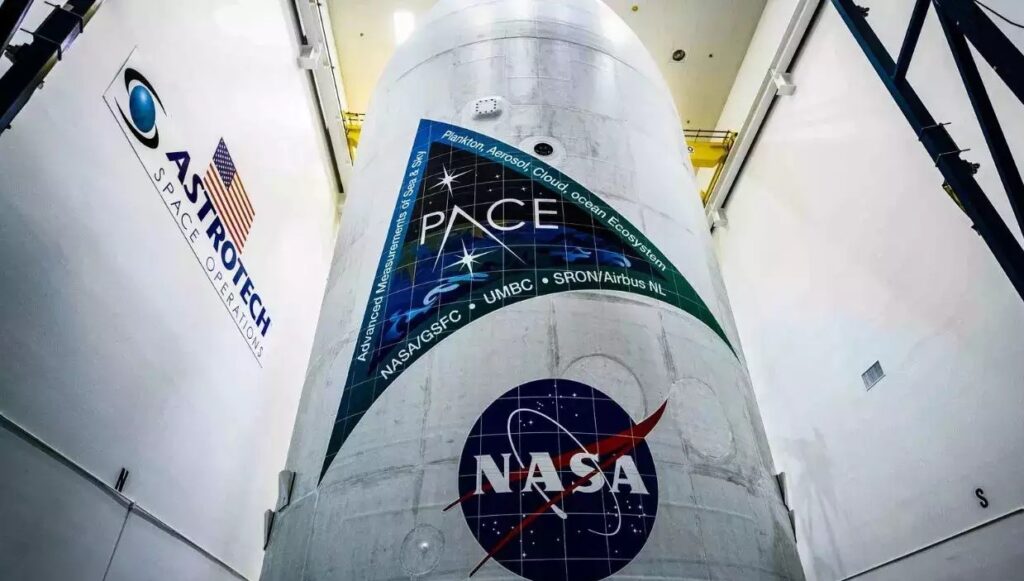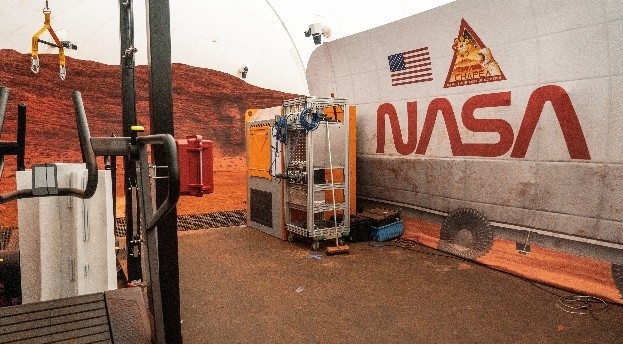
NASA is looking for volunteers to simulate a voyage to Mars for a year.
The message was crystal obvious as the runners crossed the finish line and the reverberations of their accomplishment echoed across the icy length of Pangong Lake: we must work together to address the challenges posed by climate change. These runners showed courage, tenacity, and a strong feeling of duty to the environment in the face of hardship.
Beyond medals obtained or records shattered, “theastrun’s” success resides in its ability to motivate change. In the battle against climate change, this marathon has emerged as a ray of hope by embracing the competitive and adventurous spirit. There is still hope for a sustainable future as long as there are people willing to run for something bigger than themselves.
The crew will engage in computer-generated recreation of the Martian landscape, which will include simulated spacewalks, robotic operations, habitat maintenance, exercise, and crop cultivation.
Though NASA does not specify the amount, those who are chosen will receive payment for their time. In order to ensure that the ideal mix of individuals is selected, mission managers require that applicants possess a university degree in engineering, mathematics, biological, physical, or computer science, as well as either 1,000 hours of pilot experience or previous expertise in those domains.
A healthy, nonsmoking US citizen or permanent resident between the ages of 30 and 55 is another need.
As stated by the agency, “applicants should have a strong desire for unique, rewarding adventures and interest in helping NASA prepare for the first human journey to Mars.” The application deadline is April 2nd.
Commencing on June 25, 2023, the first CHAPEA mission is scheduled to end on July 6. The primary objectives of the initial mission have involved tracking and evaluating the crew’s performance and health as they navigate the expected difficulties of living on Mars in a small environment.
Beginning early in the following year, the crew will move into the habitat as the second residents after training. The current Chapea 1 mission members, who have been there for 378 days since last summer, are expected to depart in August.







































































































































































































































































































































































































































































































































































































































































































































































































